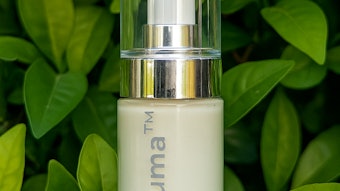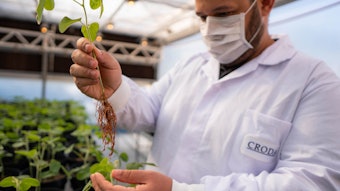The U.S. Environmental Protection Agency (EPA) and L’Oréal announced a research collaboration to develop animal-alternative toxicity tests to ensure the safety of cosmetic products to human health. The announcement was made March 12, 2012, during the annual Society of Toxicology press conference.
David Dix, director of the EPA National Center for Computational Toxicology, said, "Everyone wants to move away from animal testing but in this quest to move away, you need to come up with an alternative model." He described the EPA's ToxCast system, which computationally compares chemicals for their toxic potential against data that has been collected from 30 years of animal tests. "The system uses codes and algorithms and tools in biology and chemistry to predict the effects of chemicals in human biological systems."
However, as Jared Blumenfeld, EPA administrator for the Pacific Southwest, explained,"It’s not cheap to do this work. ... What we can do is test things out of ToxCast to 'ground troop' as a way of more rapidly moving away from animal testing."
L’Oréal is providing the EPA $1.2 million in collaborative research funding plus safety data from a set of representative substances from the cosmetic industry to expand the types of chemical groups assessed by ToxCast. The EPA will compare the ToxCast results with L’Oréal's data to determine if the reliability and the relevance are appropriate for use in the safety assessment of chemicals in cosmetics.
"Sharing the data will ensure the potential prediction is really relevant and comparable to traditional data," said Patricia Pineau, scientific communications director, L’Oréal. "This is not [intended] to predict what will happen in animals but people. It is a win-win ... we will have good predictions if we have good data.”
Regarding L'Oréal's commitment to reduce animal testing, Pineau noted, "It is not the [EU] regulation that is making us look into this. We started this 14 years before the animal testing ban." She added that the company was already committed to investing in new science and technology. "We have invested roughly $800 million thus far to look for [alternative] methods to validate tests in Europe, and have produced reconstructive tissues to make them available to chemical companies." She finds the ToxCast program to be "something really powerful" for the requirement by industry to replace animal tests.
Blumenfeld added, "Today’s announcement is big because the EPA will be able to review an additional 20 chemicals to add to the current 1,000+ chemicals currently in database." He commented that the current U.S. administration has made it a priority to get a handle on the more than 80,000 chemicals introduced to the environment. Furthermore, according to Blumenfeld, "The Toxic Substances Control Act is outdated, and the goal is to tell the public that the chemicals and constituents we use are safe."










